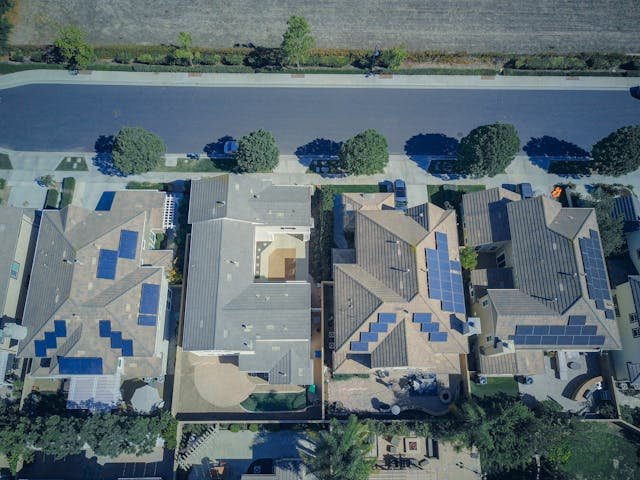A lot of people find the idea of downsizing to a tiny house intriguing since it seems like such an easy way to live. Several families, particularly those whose children have grown up and moved out, downsize not out of financial need but out of want.
Advocates of the tiny lifestyle affirm that it allows them to do more with their time and allows them to focus on the things that truly matter. But if you aren’t ready, building a tiny house may be just as time-consuming and frustrating as building a modern house. Because of their diminutive size, tiny houses need resourceful furniture arrangements and innovative storage methods to maximize the living area.
The process of designing, constructing, and furnishing a tiny house can be challenging. There are always going to be hiccups on the road while starting a new construction project. When you’re thinking of building a tiny house, this comprehensive checklist from My ADU website might help you visualize the process from start to finish.
Finalize A Plan
Any scale of housing construction involves extensive planning. Before proceeding to the next phase, the first thing you must do is plan the fundamentals for your tiny house that extend beyond “portable or static.” Choose what features you may need in your tiny home, prepare a floor blueprint, choose a location to put up, and secure development estimates. Not everybody is cut out for life within a tiny house.
An area of less than 500 square feet is likely to make most people uncomfortable. Explore which conveniences you can incorporate and make preparations accordingly to ensure your comfort. Anyone interested in purchasing a prefabricated tiny house might do so by examining existing floor blueprints. But for stick-built tiny houses, architectural consultation is recommended to decide on a floor plan depending on the structural design.
Constructing a tiny house on wheels will provide you with the mobility you may desire from your dwelling. Unfortunately, you’ll have to rely on RV connections for your power, fuel, and water needs. A more long-lasting alternative is to construct atop concrete foundations. But, the price of land must be taken into account if you intend to construct your tiny house on a plot of land you have acquired.
Decide On A Budget
You should first determine your budget for this house before making any further arrangements. As tiny houses are considered standard properties by a majority of banking institutions, acquiring a mortgage could be easy. Building a tiny house on a foundation may not necessitate any expedited permits.
Tiny houses on trailers, however, are mobile homes and may not qualify as real estate at all. Having a set of architectural drawings is a necessary component of creating a tiny house. The most frequent method for acquiring such blueprints is contacting a company that concentrates on building structures like the one being planned. But you may also get an architect to help you with this project in return for a professional fee.
After you’ve made up your mind to construct your tiny house, the next step is to acquire the relevant skills and knowledge. You might have to invest in certain equipment and attend training sessions to get the abilities you require.
Procure The Supplies
As soon as the layout is finalized, you may decide on the frame, ceiling, floor, siding, and insulation materials. The standard building material for tiny houses is wood, however, steel is a viable (albeit more expensive) alternative. In terms of siding, homeowners may choose from a wide variety of options, including vinyl, wood, recycled materials, and metal. Furthermore, decide on things like your plumbing and electrical setup, window frames, fixtures, and fasteners.
Some tiny houses are available in a partially built, prefabricated version, ready to be furnished with your personal choice of items. And finally, choose your color schemes and other finishing touches like accessories, shelving, and window coverings.
Construct Your Tiny Home
It’s important to consider a trailer’s load-bearing capacity while constructing a tiny home on wheels. Trailer homes require additional reinforcements over permanently placed dwellings because of their frequent displacement.
As such, framing and insulation for the trailer floor should precede the roof and walls. When constructing a tiny house on permanent footings, the first steps are to build a base and develop the floor structure. Thereafter, you may construct the underfloor, sheathing, and waterproofing. The next steps in construction are the framework for the sidewalls, ceiling, and openings.
A majority of the components of a tiny house — including the cladding, door, and window apertures, sewer lines, electricity, and so on — can be installed in a standard fashion once the foundation has been constructed. Unless you have extensive construction knowledge, you should definitely engage a competent tiny house contractor to assist you with the entire process.
It’s not hard to figure out the steps required to construct a tiny house. This can be somewhat challenging, but not impossible. However, it may take some time to adjust to life in a smaller dwelling. If you’ve ever dreamed of going minimalist, traveling the globe, or living sustainably, a tiny house may be the answer. As time progresses, you will develop a liking for it.
















